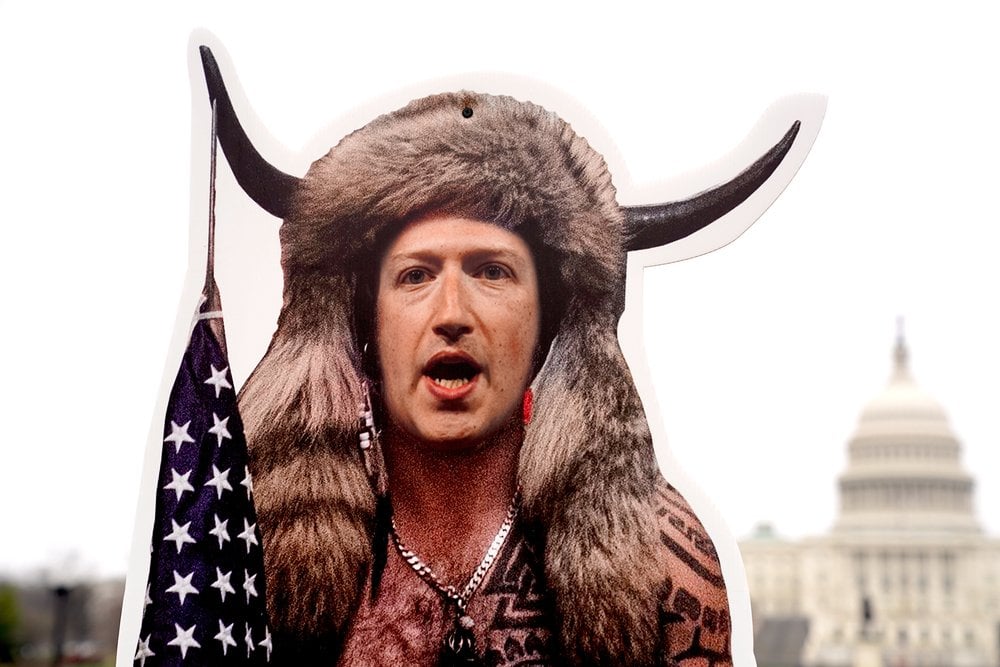You’re probably familiar with the story of Huawei’s ascension in the global telecommunications market. Chinese theft of Western intellectual property—combined with government subsidies—enable below-market pricing for Chinese equipment. Chinese banks provide infrastructure financing for customers around the world to make this still-pricey pill easier to swallow. There’s broad consensus that the pill is poison: five intelligence agencies (in the U.S., U.K., Australia, Canada and New Zealand) agree that installing Huawei technology creates significant national security risk. And, as reported by The Sydney Morning Herald, at a July 2018 gathering of the five spy chiefs in Canada they agreed to act to contain Huawei.
Figuring out a proper Western response is challenging, though we have some ideas. They involve working with a handful of friendly countries to develop alternative technologies, especially 5G wireless. Our own work focuses especially on helping stimulate profitable cooperation between the United States and Ukraine in areas including cybersecurity, and we have specific ideas about how Ukraine might assist in addressing the Huawei problem.

The threat is real. Recorded Future, a cybersecurity firm, recently published “The New Cyber Insecurity: Geopolitical and Supply Chain Risks From the Huawei Monoculture.” The analysis shows how China and Huawei are successfully implementing a global strategy to manufacture and deploy as much communications equipment as possible, which it calls an “evolved and…comprehensive technology supply chain threat.”
This coordinated effort goes well beyond 5G to include undersea cables, mobile devices, wearables, network switches, surveillance and communications equipment for smart cities. During a Huawei meeting last month, Huawei Carrier CEO Ryan Ding said the company will increase investment in 5G and work with carriers to build a “fully connected, intelligent world.”
To some extent, that’s already happening. China invests heavily to drive sales and realize its vision of a global network. The strategy works. As described in the aptly titled May 29 Washington Post article “U.S. pushes hard for a ban on Huawei in Europe, but the firm’s 5G prices are nearly irresistible,” in a recent bidding war between Huawei and Ericsson in the Netherlands, Huawei won by underbidding 60 percent.


In stark contrast, the U.S. has focused almost exclusively on banning sales of Huawei equipment, or penalizing Huawei and its business partners. But the current Western vision for countering Huawei entails higher prices for businesses and consumers for the most central technologies of a connected global society.
Penalties, such as the ones proposed by President Trump, are appropriate and necessary. They can be enacted quickly and send a strong signal that China’s (and Huawei’s) behavior is unacceptable. They go beyond pressuring other countries to join the U.S. in banning use of the technology, and have included banning U.S. companies from selling components to Huawei. However, this approach will not slow the adoption of Huawei equipment over the long term, because price matters to customers, and there’s too much money at stake.
China is an authoritarian state and rising superpower with strategic interests and principles that conflict with those of Western liberal democracies. It also has a long and well-documented history of stealing intellectual property as well as business and military secrets. The first and perhaps only question all non-Chinese business and political leaders should ask about Huawei is not so much whether allied intelligence and security services can identify specific vulnerabilities in its telecommunications equipment. Rather, it is “Should we ever trust Chinese intelligence and security services not to gather information in a ‘fully connected, intelligent world’ built with Huawei equipment?” Based on the three facts below, the answer to us seems clear:
- Huawei’s founder, Ren Zhengfei, served as a former director of the PLA General Staff Department’s Information Engineering Academy. He was associated with the group responsible for signals intelligence and cyber espionage.
- Article Seven of China’s National Intelligence Law, enacted on June 27, 2017 requires “any organization or citizen” to “support, assist, and cooperate with state intelligence work according to law.”
- Huawei is funded by China’s military and intelligence, according to an April report by the London Times that cites three major Chinese military, security and intelligence groups that have financed Huawei projects.
As the U.S.-led liberal international order strains under significant internal and external pressure, certain allied countries provide a unique opportunity for America. Our country must help provide the world with alternatives to Chinese-manufactured-and-financed communications equipment and infrastructure build-outs, and ways to maintain societal security even when Huawei equipment may remain deployed.
To successfully counter China and Huawei in 5G, the U.S. and its allies must develop sustainable business models that align nation-states and private companies to support national security objectives.
One key possible strategy is to develop and deploy secure, software-based solutions on top of Chinese equipment. Given the high cost to replace Chinese 5G equipment with trusted vendors, a practical countermeasure to illegal surveillance is to create an end-to-end overlay network with software-based encryption architecture. The benefit of such an overlay would be that it can be implemented as an app or embedded into phones with relative ease, yet would also be difficult for Chinese intelligence to penetrate. By leveraging the tremendous expertise in mobile apps and encryption in the U.S. and among coalition partners we can probably develop and deploy a relatively low-cost solution to prevent China from listening in on 5G calls. Another promising strategy can be to find creative ways to lower the cost of secure telecommunications equipment. One approach would be to use IP licensing and contract telecom equipment manufacturing in allied countries that have inexpensive labor costs.
It will be extremely difficult, if not impossible, for the U.S. to effectively confront China in 5G on a bi-lateral basis. A more effective countermeasure to Chinese aggression is for the U.S. to create a 5G ecosystem incorporating the capabilities of growing allied economies in Eastern Europe, South East Asia, Latin America, Africa and the Middle East. For example, Ukraine, Bangladesh and Uruguay all seek their place in the global economy and have democratic, pro-technology governments that support low-cost manufacturing, as well as highly educated populations.
Reforms in how the U.S. provides international development assistance, including a new “Trusted Capital Marketplace” soon to be rolled out by the Pentagon and creation of the United States International Development Finance Corporation (IDFC), which will replace the Overseas Private Investment Corporation (OPIC) in late 2019, offer promising methods for financing friendly telecommunications investment in allied countries.
With U.S.-Ukraine cooperation as our special focus, we’ll work with these programs to stimulate more effective cooperation between Western governments and companies in areas of national security significance, including countering China in 5G infrastructure buildouts. In addition to improving U.S. national security, this effort will also reinforce the commitment of the United States to provide strong, sustainable and responsible global leadership to protect the liberal world order.















